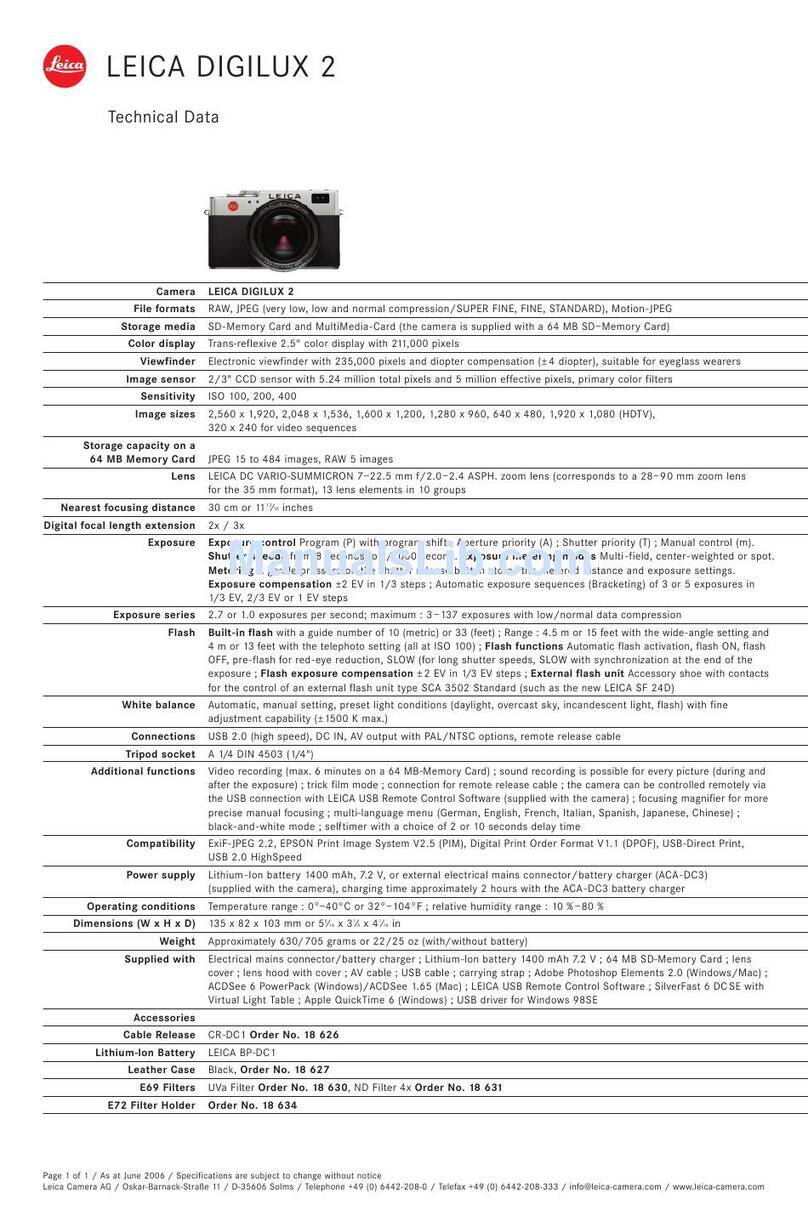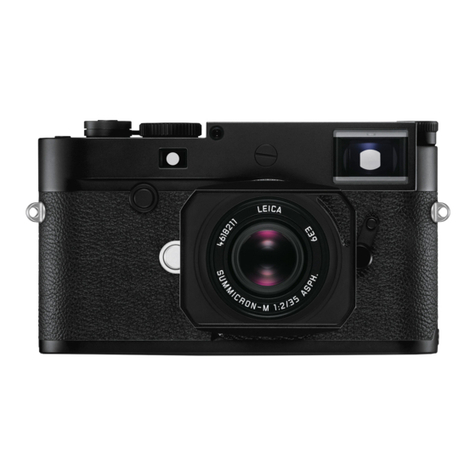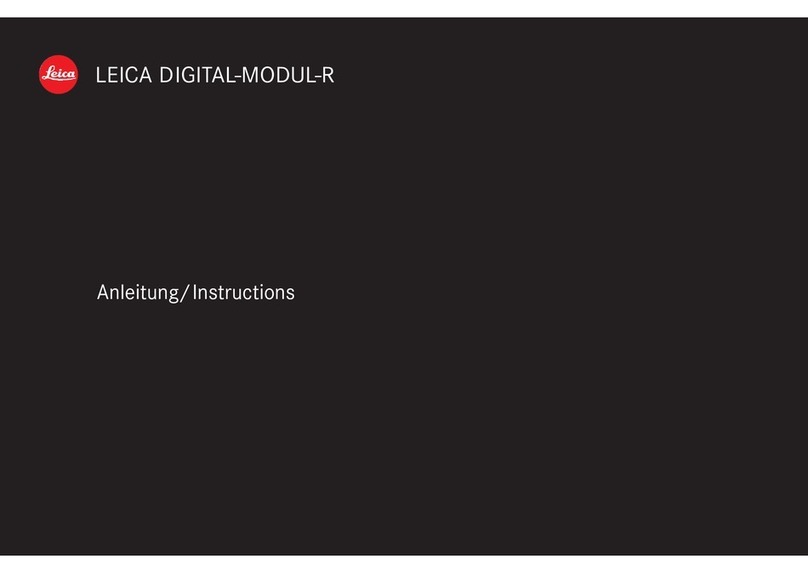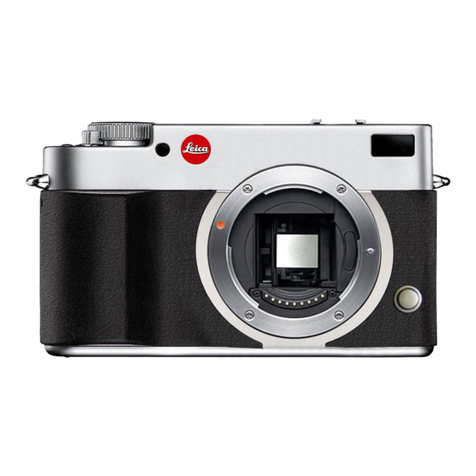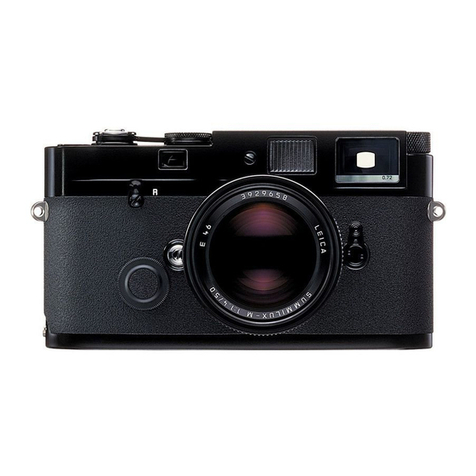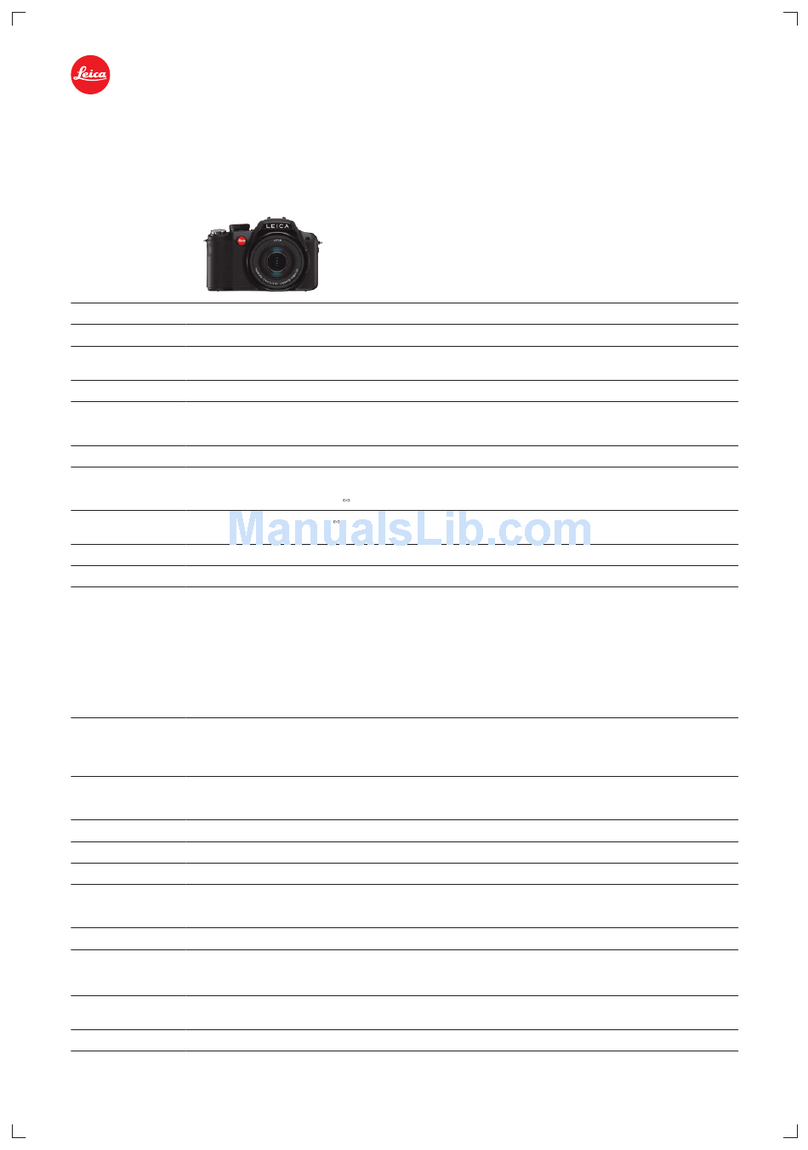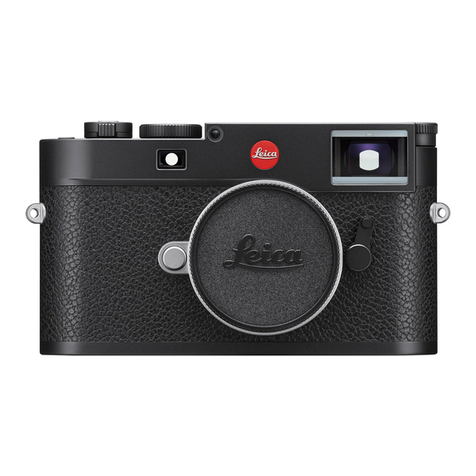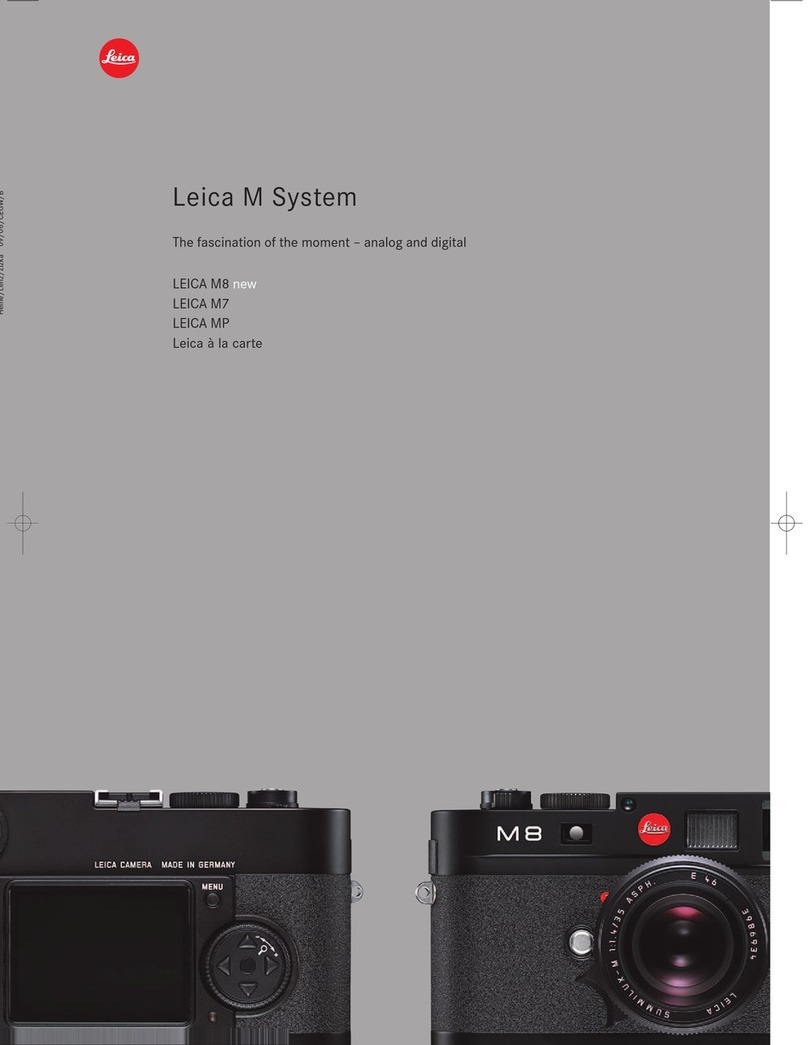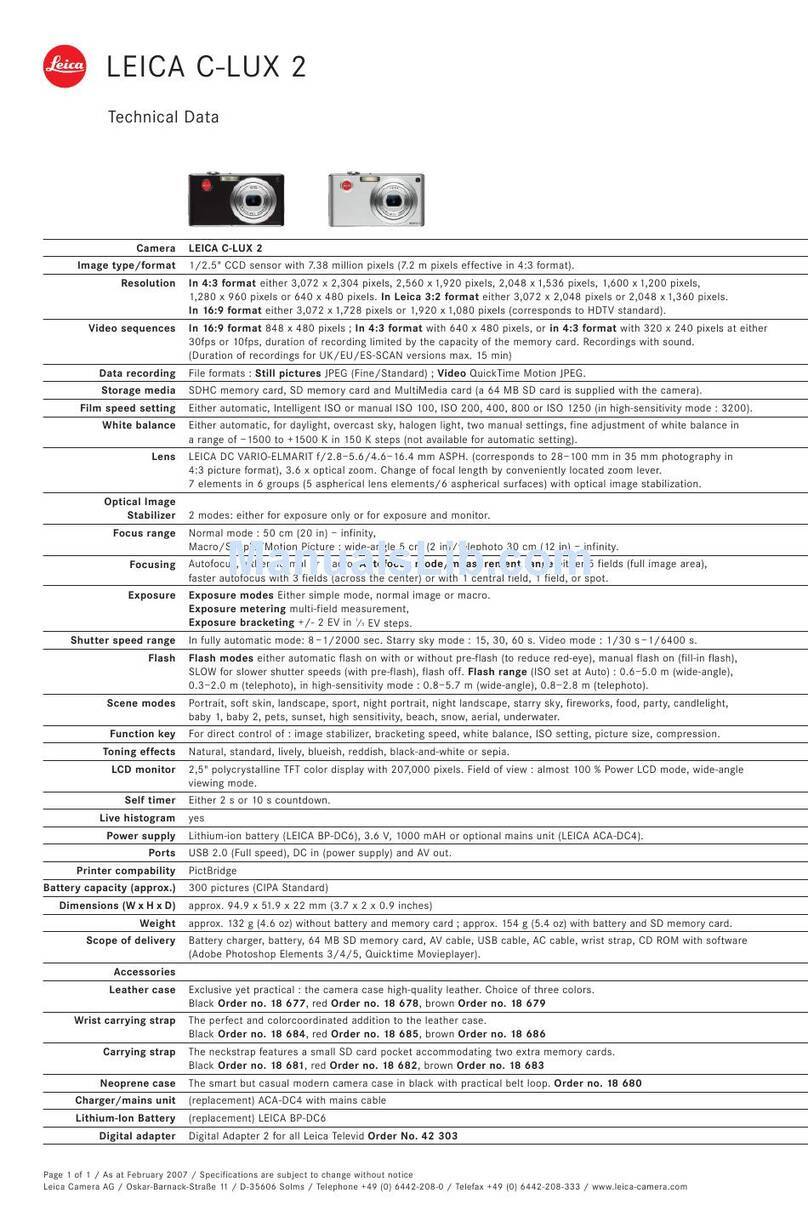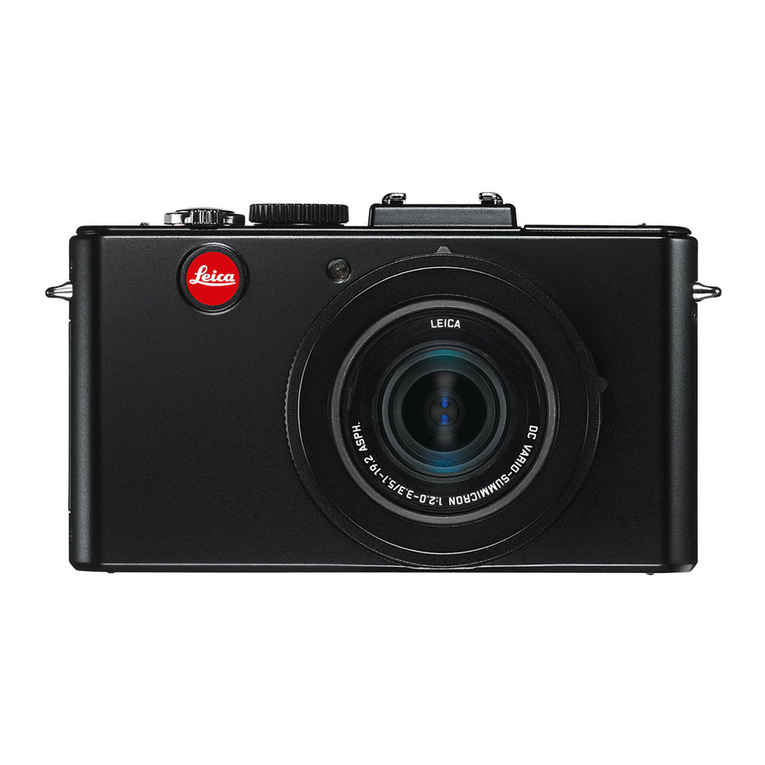
EN
8
Table of Content
INHALTSVERZEICHNIS
FOREWORD ..................................................................................................2
SCOPE OF DELIVERY ...................................................................................2
REPLACEMENT PARTS/ACCESSORIES ......................................................2
LEGAL INFORMATION .................................................................................2
LEGAL INFORMATION ............................................................................................... 2
REGULATORY INFORMATION ................................................................................... 3
DISPOSAL OF ELECTRICAL AND
ELECTRONIC EQUIPMENT ........................................................................................ 3
IMPORTANT NOTES REGARDING THE USE OF GPS ............................................... 3
SAFETY REMARKS .......................................................................................4
GENERAL INFORMATION ............................................................................6
WARRANTY...................................................................................................7
PART DESIGNATIONS ...............................................................................10
CAMERA ...................................................................................................................10
LENS* .......................................................................................................................11
DISPLAYS....................................................................................................12
VIEWFINDER ............................................................................................................12
TOP DISPLAY............................................................................................................13
START SCREEN .......................................................................................................................13
STANDARD VIEW ....................................................................................................................13
DEPTH OF FIELD DISPLAY.......................................................................................................13
DISPLAY WHEN SETTING EXPOSURE MODE............................................................................13
LCD PANEL ...............................................................................................................14
WHEN TAKING A PICTURE..............................................................................................14
INFO DISPLAY.........................................................................................................................14
IN LIVE VIEW MODE................................................................................................................14
VIDEO.....................................................................................................................................14
IN PLAYBACK MODE.......................................................................................................16
PHOTO....................................................................................................................................16
VIDEO.....................................................................................................................................16
PREPARATION ............................................................................................18
ATTACHING THE CARRY STRAP..............................................................................18
PREPARING THE CHARGER.....................................................................................18
FOR USE OUTSIDE THE US .....................................................................................................18
FOR USE IN THE US................................................................................................................18
CHARGING THE BATTERY........................................................................................19
CHARGE STATUS INDICATORS ON THE CHARGER ........................................................19
INSERTING/REMOVING THE BATTERY ..................................................................19
CHARGE LEVEL DISPLAY ON THE LCD PANEL......................................................20
INSERTION/REMOVAL OF MEMORY CARDS.........................................................20
CF CARDS........................................................................................................................20
SD/SDHC/SDXC CARDS ................................................................................................21
CHANGING THE FOCUSING SCREEN.....................................................................22
COMPATIBLE LENSES..............................................................................................22
LEICA S LENSES..............................................................................................................22
ATTACHING/DETACHING LENSES .........................................................................23
DIOPTER SETTINGS .................................................................................................23
CAMERA OPERATION.................................................................................24
OPERATING ELEMENTS........................................................................................... 24
MAIN SWITCH .................................................................................................................24
SHUTTER BUTTON ..........................................................................................................24
DEPTH-OF-FIELD PREVIEW BUTTON ..............................................................................25
MENU CONTROL......................................................................................................26
CONTROL ELEMENTS .....................................................................................................26
STRUCTURE OF THE MENU SCREEN .............................................................................26
FUNCTION GROUPS................................................................................................................26
MAIN MENU ...........................................................................................................................26
SUBMENU ..............................................................................................................................26
SHOW MENU PAGES.......................................................................................................27
SHOW FUNCTION GROUP
(ACCESS TO MENU CONTROL) ...............................................................................................27
SHOW SUBMENU ...................................................................................................................27
MENU NAVIGATION ........................................................................................................27
NAVIGATING WITHIN THE MENUS ...........................................................................................27
CONFIRM SELECTION.............................................................................................................27
GO BACK ONE STEP (LEAVE SUBMENU)..................................................................................27
EXITING THE MENU ................................................................................................................27
KEYPAD SUBMENU OPERATION ..............................................................................................28
OPERATING THE NUMBER PAD SUBMENU ..............................................................................28
QUICK ACCESS (SHORT CUT) ........................................................................................28
MANAGE QUICK ACCESS........................................................................................................29
ACCESSING A QUICK ACCESS MENU ITEM.............................................................................29
BASIC CAMERA SETTINGS ........................................................................30
MENU LANGUAGE ...................................................................................................30
DATE/TIME...............................................................................................................30
DATE ................................................................................................................................30
TIME.................................................................................................................................30
AUTOMATIC TIME VIA GPS .............................................................................................30
TIME ZONE ......................................................................................................................30
DAYLIGHT SAVING TIME.................................................................................................30
AUTO POWER SAVING (STANDBY MODE) .............................................................30
ACOUSTIC SIGNALS ................................................................................................31
VOLUME ..........................................................................................................................31
LCD PANEL/TOP DISPLAY/VIEWFINDER SETTINGS............................................31
BRIGHTNESS...................................................................................................................31
INFORMATION DISPLAYS ...............................................................................................31
BASIC PICTURE SETTINGS........................................................................32
PHOTO ......................................................................................................................32
FILE FORMAT...................................................................................................................32
JPG COLOR SPACE ..........................................................................................................32
JPG RESOLUTION............................................................................................................32
IMAGE PROPERTIES........................................................................................................32
CONTRAST .............................................................................................................................32
SHARPNESS ...........................................................................................................................32
COLOR SATURATION...............................................................................................................33
MONOCHROME RECORDINGS................................................................................................33
MEMORY CARD MANAGEMENT..............................................................................33
PICTURE MODE (FOTO) .............................................................................34
LIVE VIEW MODE.....................................................................................................34
FOCUSING................................................................................................................34
FOCUS METERING METHODS ........................................................................................34
AFS (SINGLE)..........................................................................................................................34
AFC (CONTINUOUS) ...............................................................................................................34
MANUAL FOCUSING.......................................................................................................35
ASSIST FUNCTIONS FOR MANUAL FOCUSING IN LIVE VIEW MODE ...........................35
ENLARGEMENT.......................................................................................................................35
FOCUS PEAKING.....................................................................................................................35
ISO SENSITIVITY......................................................................................................36
WHITE BALANCE .....................................................................................................36
AUTOMATIC CONTROL/FIXED SETTINGS......................................................................36
DIRECT SETTING OF THE COLOR TEMPERATURE..........................................................37
MANUAL SETTING AFTER MEASUREMENT....................................................................37
EXPOSURE................................................................................................................38
EXPOSURE METERING METHODS..................................................................................38
SPOT METERING.....................................................................................................................38
CENTER-WEIGHTED METERING...............................................................................................38
MULTI-FIELD METERING..........................................................................................................38
SHIFTING THE AF/SPOT METERING FIELD IN LIVE VIEW MODE..................................38
VALUES ABOVE/BELOW THE MEASURING RANGE.......................................................38
EXPOSURE MODES.........................................................................................................38
AUTOMATIC PROGRAM – P .....................................................................................................39
PROGRAM SHIFT ....................................................................................................................39
APERTURE PRIORITY - A..........................................................................................................39
SHUTTER SPEED PRIORITY - T.................................................................................................40
MANUAL SETTING OF APERTURE AND EXPOSURE TIME - M ...................................................40
EXPOSURE CONTROL/FUNCTIONS FOR AUTOMATIC EXPOSURE ...............................40
EXPOSURE SIMULATION.........................................................................................................40
METERING MEMORY LOCK .....................................................................................................41
EXPOSURE COMPENSATION...................................................................................................42
AUTOMATIC BRACKETING.......................................................................................................42
LONG-TERM EXPOSURE (B).....................................................................................................43
OTHER FUNCTIONS.................................................................................................43
DEPTH OF FIELD .............................................................................................................43

